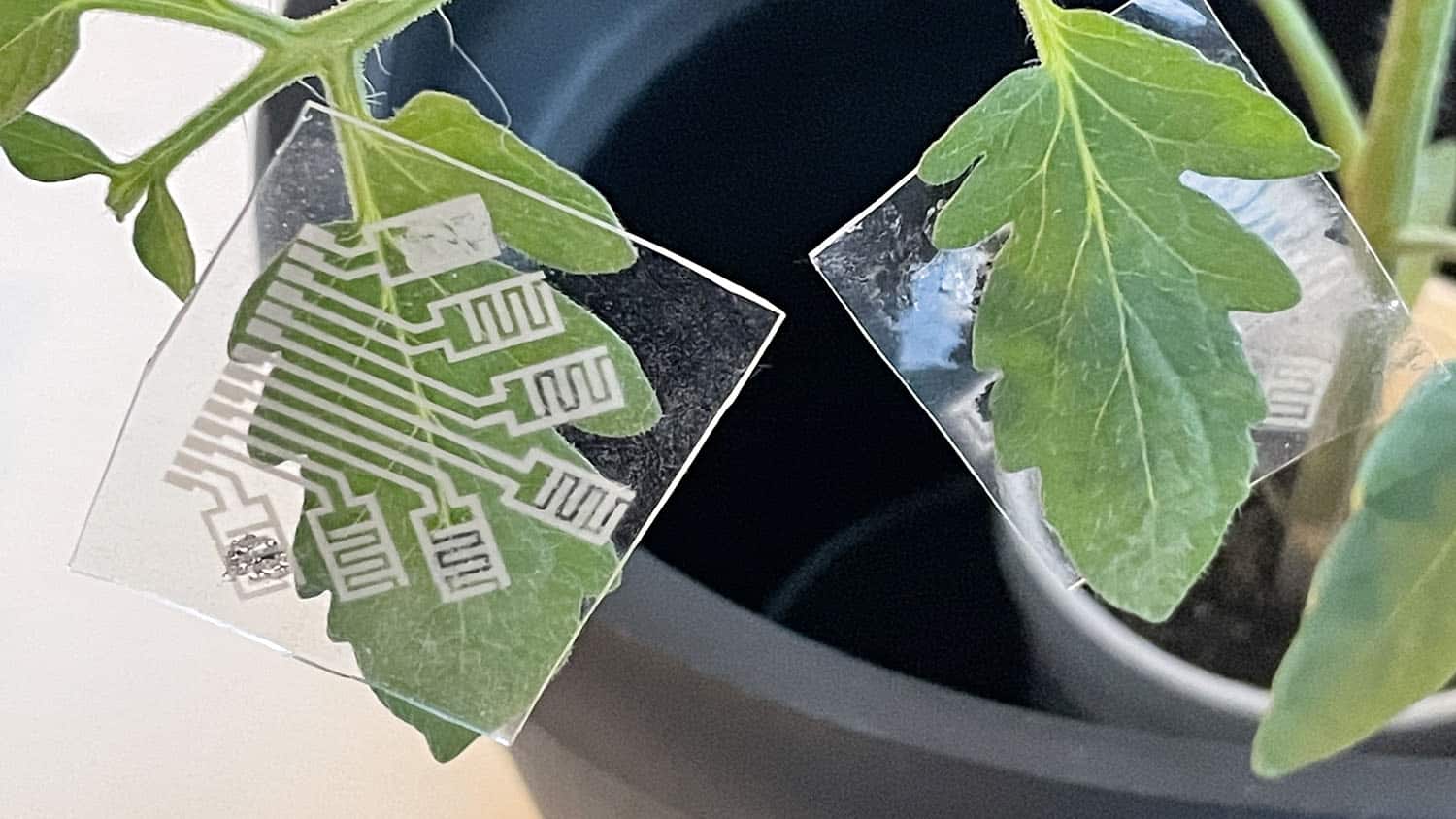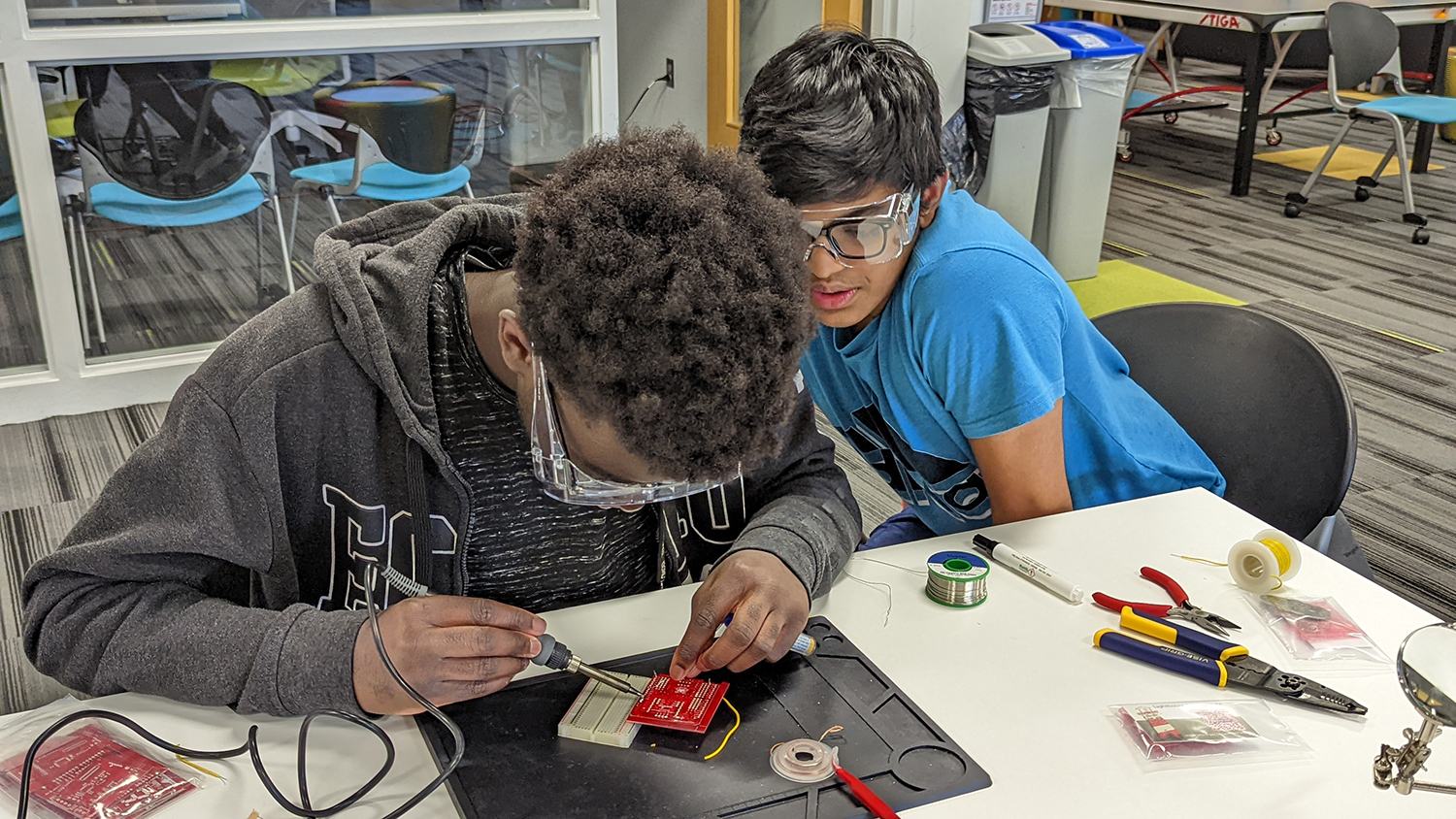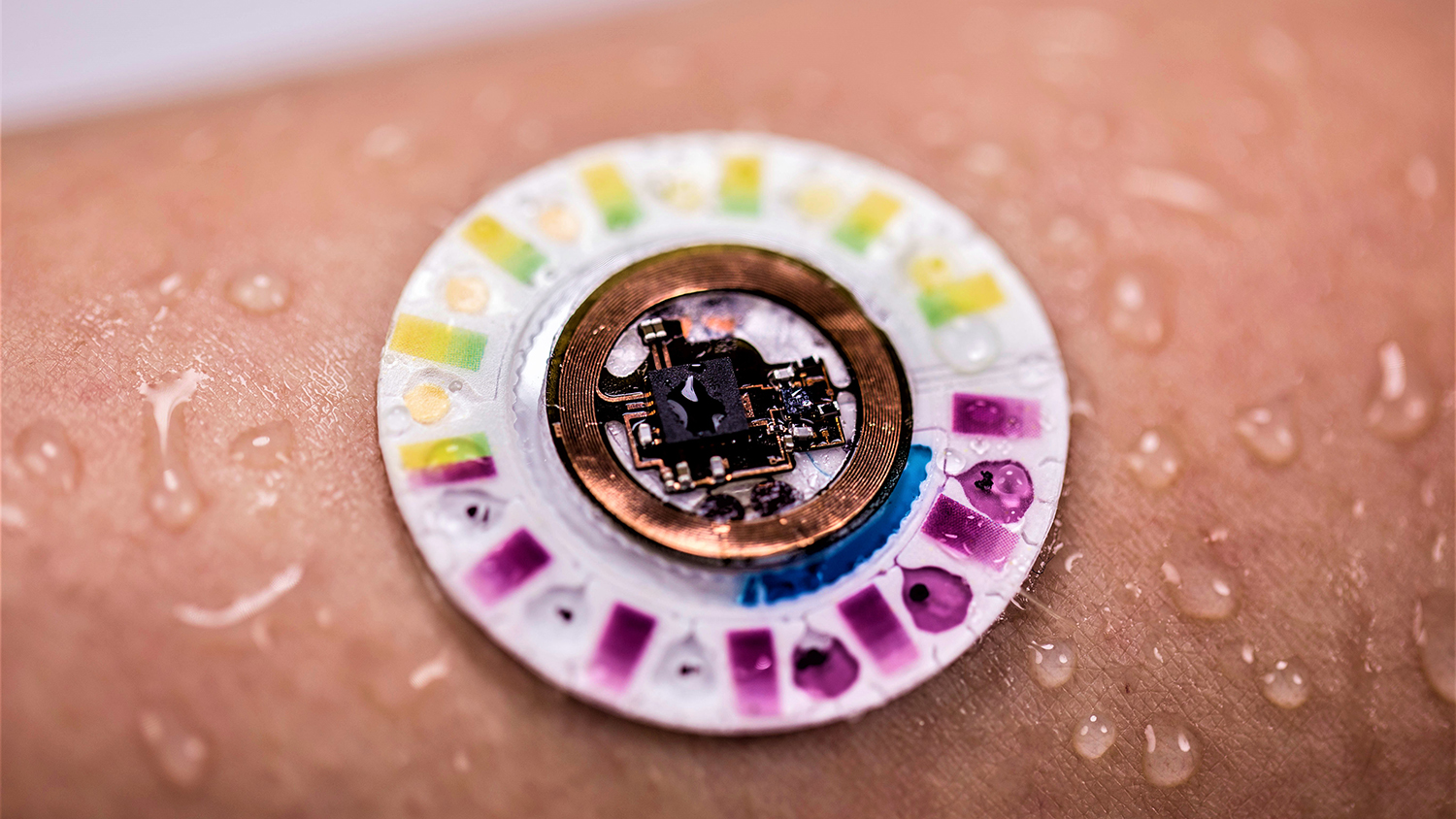wearable sensor

NC State researchers use machine learning to create a fabric-based touch sensor

Researchers help AI express uncertainty to improve health monitoring tech

Multifunctional patch offers early detection of plant diseases, other crop threats

10 years of wearable device breakthroughs
